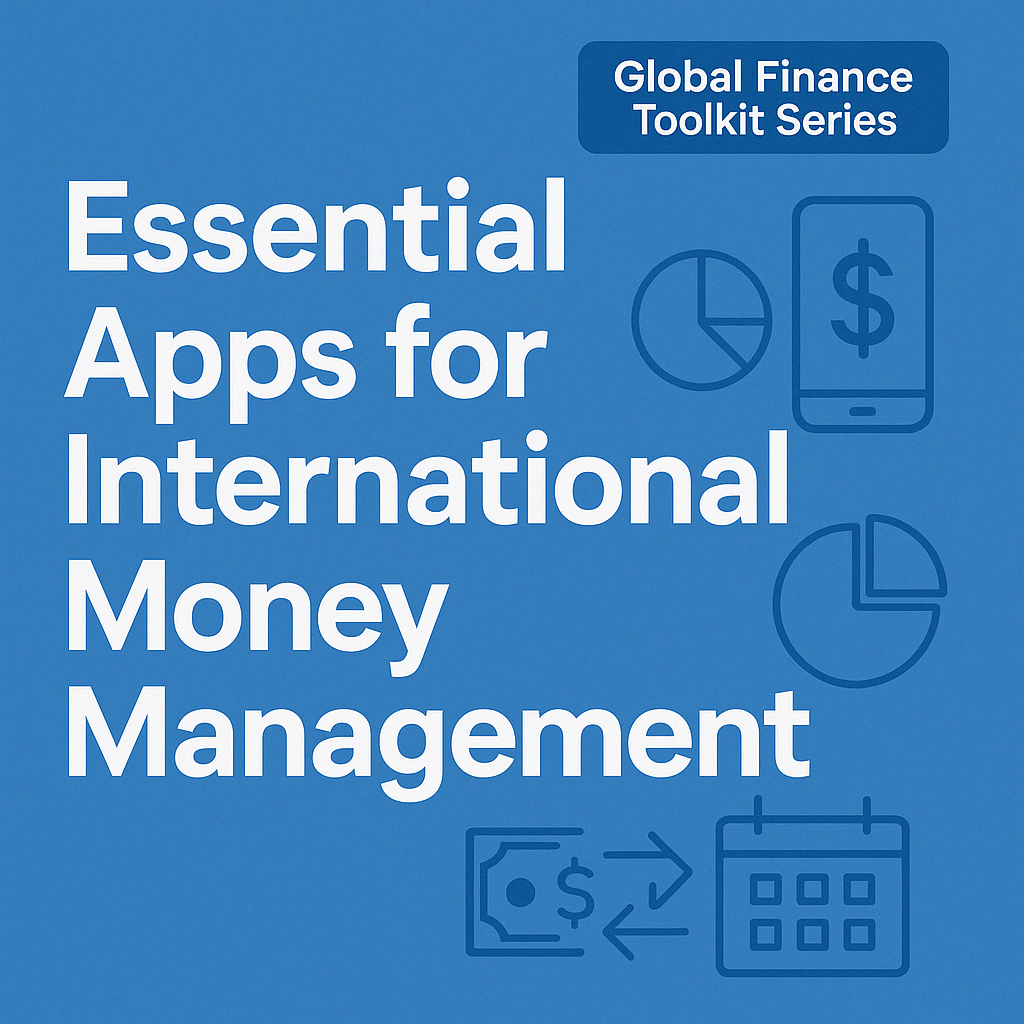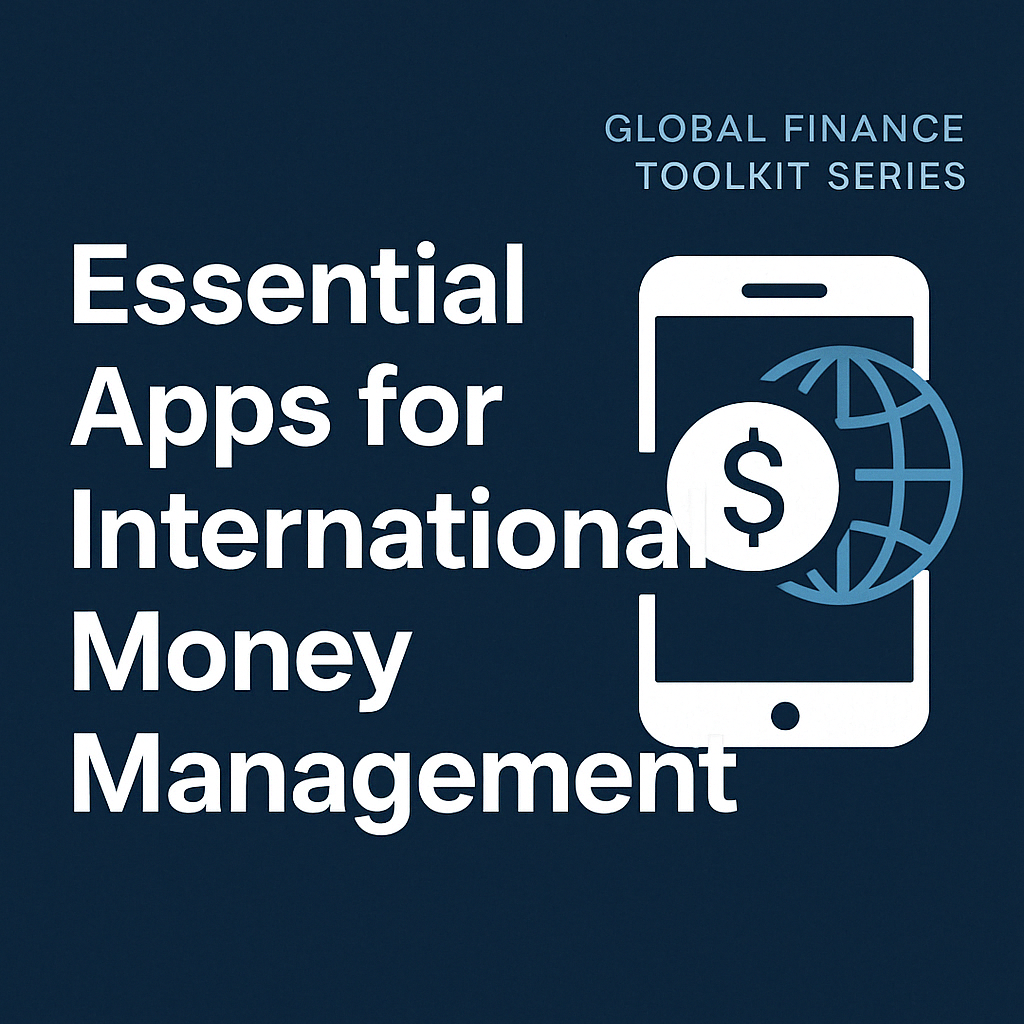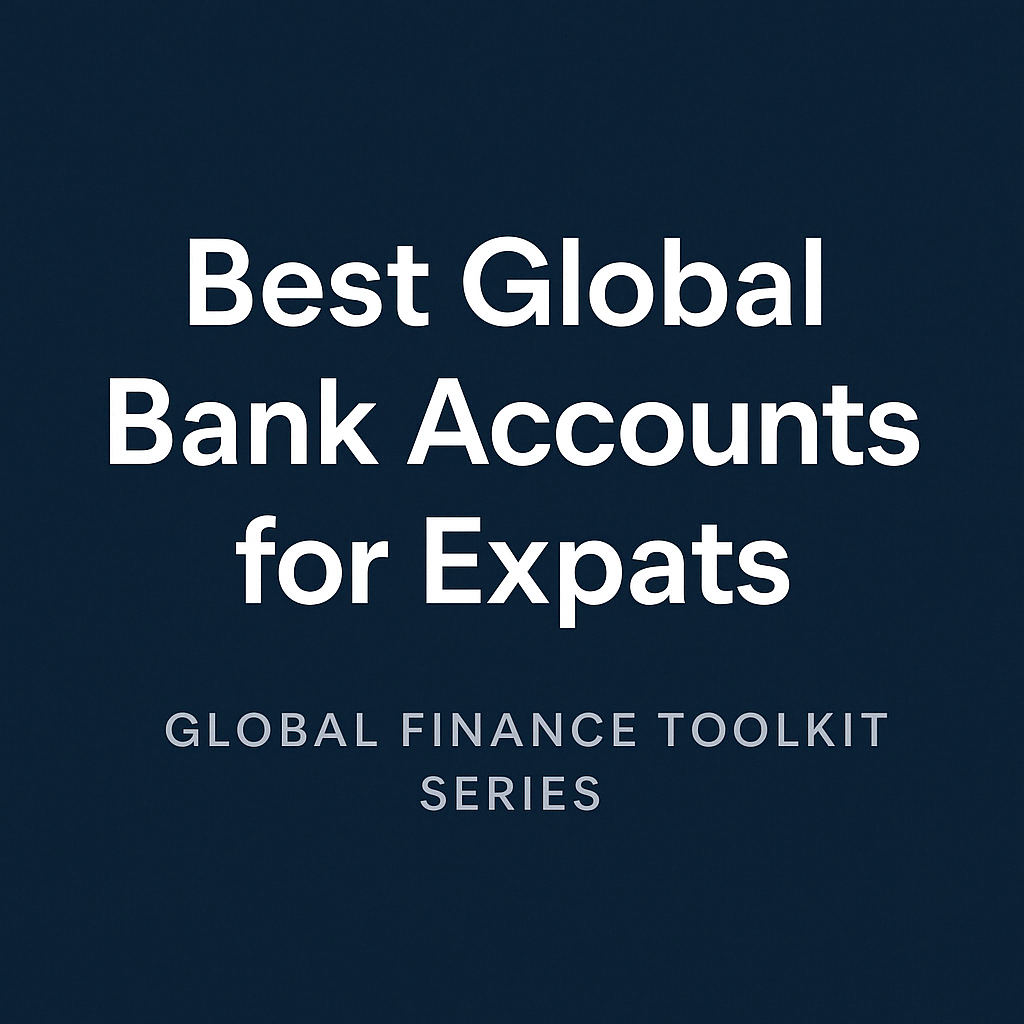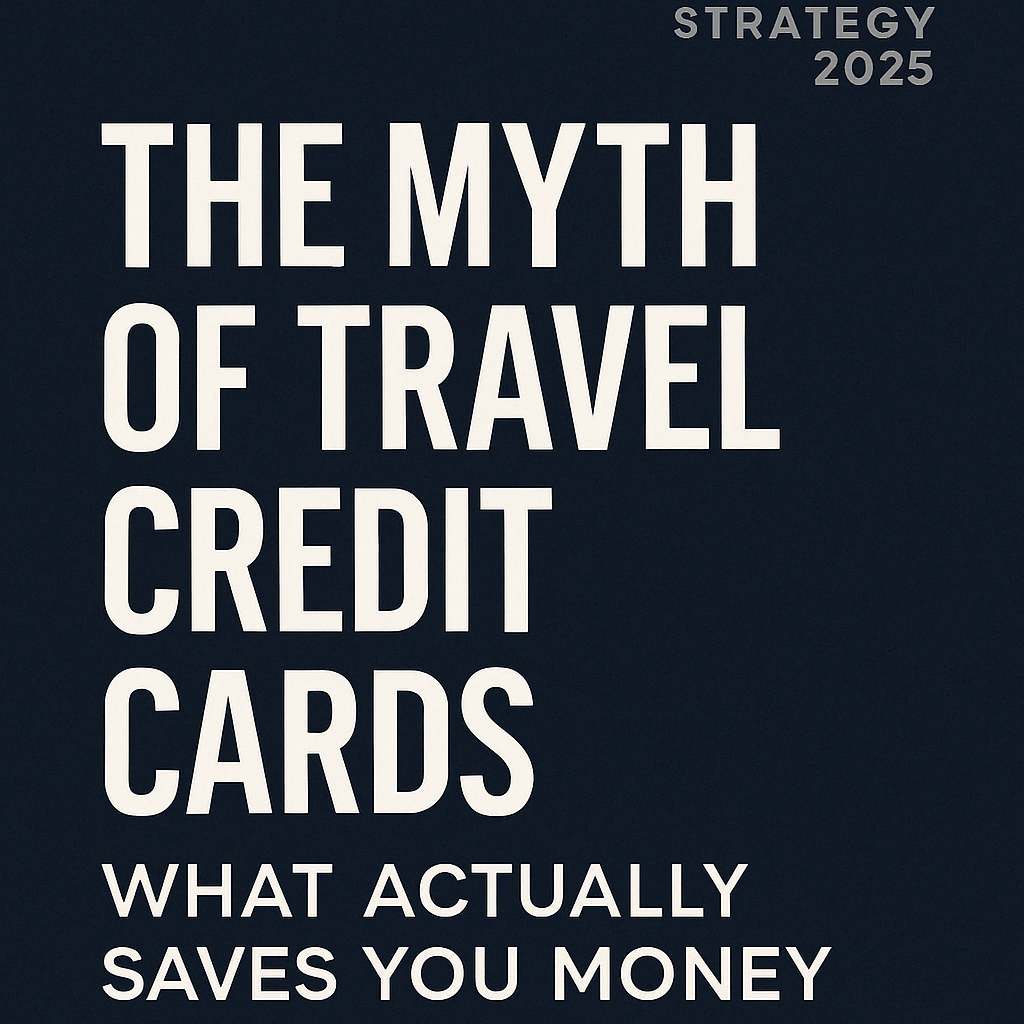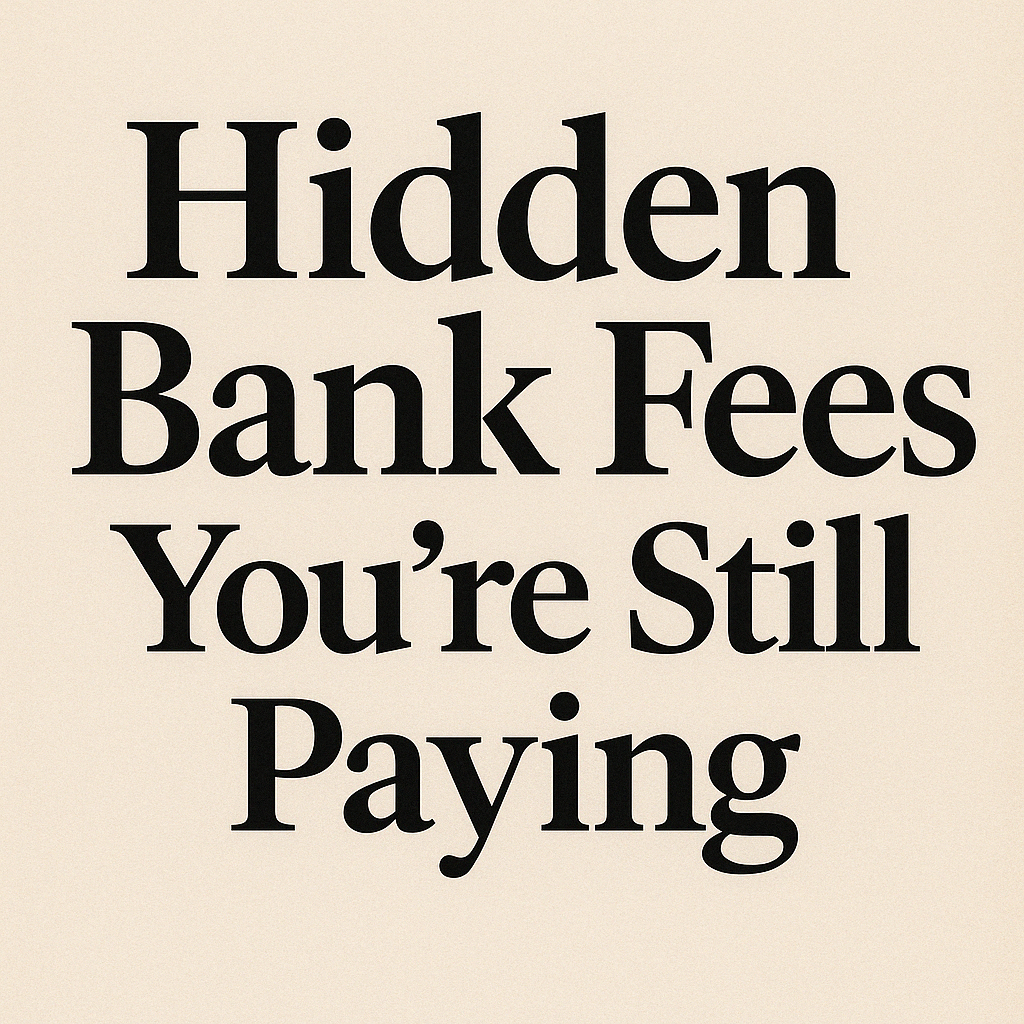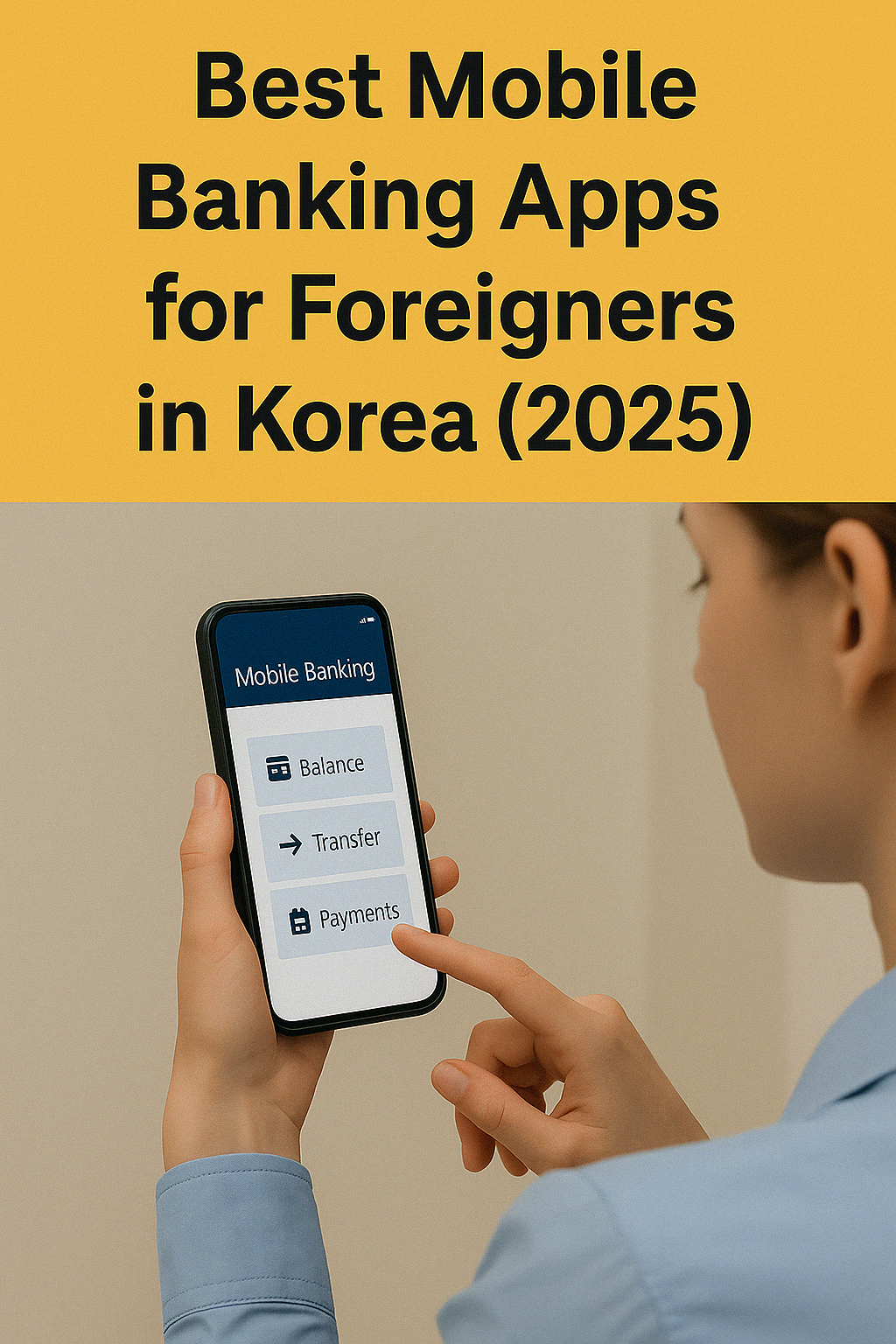Essential Apps for International Money Management
2025’s best apps to control, convert, and grow your money across borders
Introduction
Managing money while living abroad isn’t just about opening the right bank account or using a fee-free card — it’s about having full control over your finances. In a global, mobile lifestyle, that control often lives in your pocket: your phone.
The best financial apps in 2025 go beyond basic banking. They help you track spending, convert currencies, budget intelligently, and even automate your financial routines, all from anywhere in the world.
1. Why Apps Matter for Global Finance
Traditional banks are slow, rigid, and often not optimized for people living across borders. Financial apps are the opposite:
- Available globally, on mobile and desktop
- Real-time updates and currency alerts
- Automation features: budgets, rules, recurring payments
- Detailed spending analytics
- Integration with cards, accounts, crypto, and more
- Security: 2FA, biometrics, app locking, virtual cards
In 2025, having the right app setup is the foundation of borderless money management.
2. Top Apps for Expats, Travelers, and Nomads
Wise App
- Real-time FX tracking and transfers
- Linkable multi-currency account
- Hold and convert 50+ currencies
- Instant bank details for USD, EUR, GBP, etc.
- Great mobile interface
Best For: Sending, holding, and receiving money globally
Revolut
- App-based multi-currency wallet
- Instant budgeting and spending insights
- Stock, crypto, and commodity investment options
- Advanced analytics for personal finance
- Premium plans include travel insurance and concierge
Best For: Complete personal finance in one app
YNAB (You Need A Budget)
- Zero-based budgeting philosophy
- Sync with bank accounts and cards
- Mobile alerts and goal setting
- Powerful for controlling monthly cashflow
- Not just for expats — great for anyone managing multiple incomes
Best For: Strict budgeting and long-term financial clarity
Splitwise
- Track shared expenses among friends, couples, roommates
- Supports multiple currencies
- Great for international group travel
- Easy payment splits and reminders
Best For: Shared expenses abroad
XE Currency App
- Live exchange rates and historical charts
- Currency converter for 180+ currencies
- Offline rate access
- No account needed
Best For: Quick FX rate checks and conversion
Privacy.com / Curve / N26 (for Security)
- Generate virtual cards for safer online purchases
- Limit amount and block specific merchants
- Separate spend by region or category
- Curve lets you switch card charges after purchase
- N26 provides real-time alerts and card locking
Best For: Online payment control and fraud protection
3. How to Build Your Global App Stack
Here’s an example of an ideal setup for international money management:
| Purpose | App |
|---|---|
| Global transfers | Wise |
| Daily spending | Revolut |
| Budgeting & planning | YNAB |
| Shared travel costs | Splitwise |
| FX monitoring | XE Currency |
| Online safety | Privacy.com / Curve / N26 |
This combination allows for spending, sending, tracking, securing, and budgeting — all within a few taps.
4. Features to Look For in 2025
- Global availability: Does the app work in your country and language?
- Real-time sync: Can it connect with your bank or card instantly?
- Automation: Rules, goals, recurring transfers
- Security: Encryption, face ID, virtual cards
- Support: 24/7 chat or email assistance
Choose apps that talk to each other — integrations help build a smoother ecosystem.
Final Thoughts
Smart money management isn’t about having more — it’s about knowing more and being in control.
In a global world, that control lives in your phone.
Rule #3: Automate your money flow, but monitor it like a pro.
Use these apps not as tools, but as pillars of your global financial independence.
